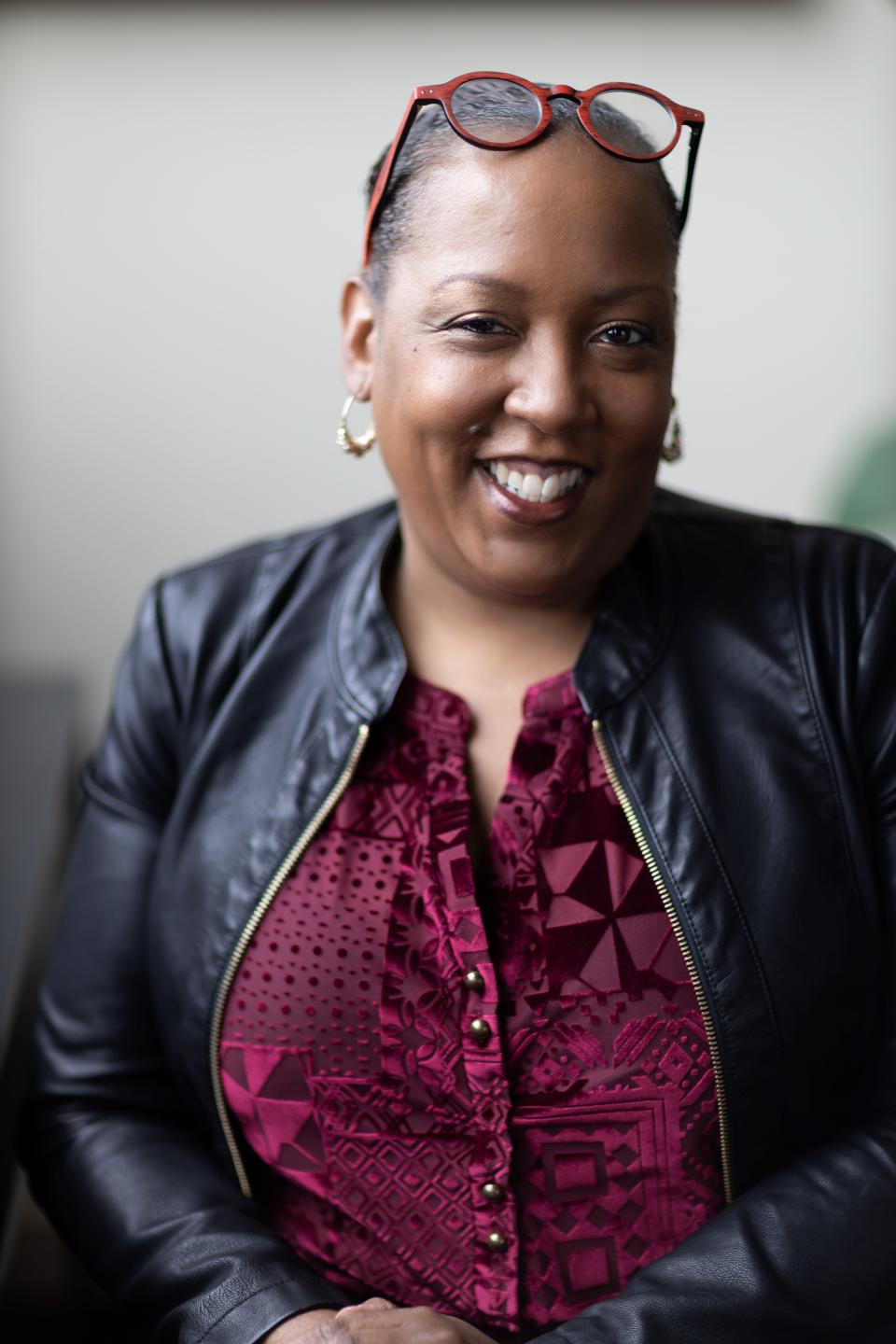How my interest in the brain — a ‘super machine’ — began
I am the director of engagement for the Self-Healing Communities of Greater Michiana community change movement. My interest in this movement goes back to when I learned about the brain science associated with the Adverse Childhood Experiences research. ACEs are physical and mental experiences that can cause adults to be more vulnerable to health problems long after the experiences have occurred. The research was completed at Kaiser Permanente in 1995-1997. When you attend an ACEs training you learn that high levels of stress can have an adverse impact on the brain and nervous system. The brain research, neuroscience, introduced during the training sessions shared that our childhood has a direct impact on the brain.
My interest in the brain started with my mother. My mother had a rare hereditary neurological disease called Spinocerebellar ataxia; it’s when the cerebellum shrinks. The cerebellum is the lower portion of the brain that lays against the spinal cord. It helps control equilibrium, movement and more. As this part of the brain shrinks one’s ability to control many body functions decreases. Caring for my mother as she aged gave me an up close and personal understanding of the importance of healthy brain function.
The brain is dynamic and that’s an understatement. A quick google search of “the brain” will prove how active it is. The brain is always working, even when our body is resting. It’s like having a superpower we don’t realize; think of it like a super machine controlling everything we do! What we know about the brain today is very different from what we knew when my mother, grandmother, aunts and uncles were diagnosed with cerebellum ataxia; two of my sisters are currently navigating this diagnosis.
Brain research and ACEs are at the foundation of Self-Healing Communities model. Along with the ACE research, we incorporate other supportive sciences: neuroscience, epigenetics, resilience and positive childhood experiences. Thanks to the commitment of Dr. Nancy Michael, director of the University of Notre Dame Neuroscience and Behavior Health Major, we are able to highlight these sciences, which help validate all the ways human connection, is the best answer for healing many of the woes we are navigating today.
The Self-Healing Communities research has proven that trusted, safe and nurturing connections across all sectors of our communities can help reduce infant mortality, suicide attempts, youth arrest for violent crimes and high school dropouts. It will take time and consistent effort to experience the successes other Self-Healing Communities have experienced, but we have this evidence-based roadmap and we can have similar positive changes.
At the end of my mom’s life she was still encouraging people. All my life I remember my mother being a trusted and nurturing woman. I’m still in touch with one of the caregivers who was with my mother until she took her last breath. It’s been 10 years and the caregiver continues to share how the wisdom my mom offered has helped to change her life; she shares that she’s a better mom because of it. The power of human connection is what Self-Healing Communities is all about and I know my mother would be proud of the work I’ve dedicated my efforts to.
Thank you for reading and happy healing.
Velshonna Luckey works for Self-Healing Communities of Greater Michiana, a community well-being movement. She lives in South Bend. Email her at velshonna.shc@gmail.com.

This article originally appeared on South Bend Tribune: The brain is dynamic and that’s an understatement

